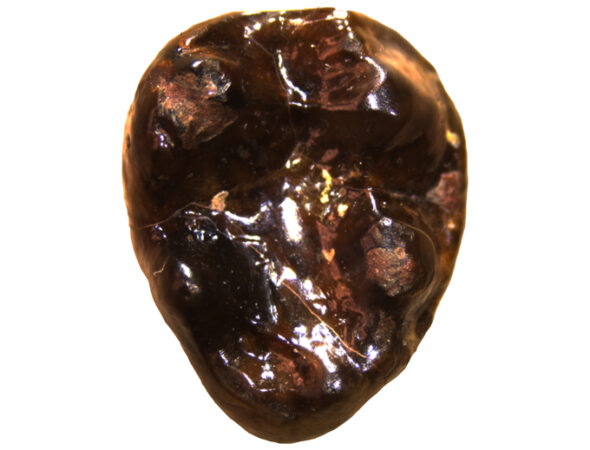- Joined
- Jul 19, 2004
- Messages
- 29,622
- Location
- Out of Bounds
This fossil isn't newly discovered, but it's proper identification has been newly established.
One of the weirdest Cambrian creatures was Opabinia:

... which was long considered to be a unique Cambrian species with no known relatives.
Further research on a fossil originally attributed to a different branch of the evolutionary tree has reasonably established it is the second example of the same lineage as Opabinia.

FULL STORY: https://www.sciencealert.com/we-ve-...pecies-of-weird-extinct-animal-with-five-eyes
PUBLISHED RESEARCH REPORT:
Pates Stephen, Wolfe Joanna M., Lerosey-Aubril Rudy, Daley Allison C. and Ortega-Hernández Javier 2022
New opabiniid diversifies the weirdest wonders of the euarthropod stem group
Proc. R. Soc. B. 289: 20212093. 20212093
http://doi.org/10.1098/rspb.2021.2093
FULL REPORT: https://royalsocietypublishing.org/doi/10.1098/rspb.2021.2093
One of the weirdest Cambrian creatures was Opabinia:
... which was long considered to be a unique Cambrian species with no known relatives.
Further research on a fossil originally attributed to a different branch of the evolutionary tree has reasonably established it is the second example of the same lineage as Opabinia.
Weird, Extinct Animal Species Identified in First Such Finding in Over 100 Years
Peering back hundreds of millions of years into the past can turn up some astonishing findings – as it has with the discovery of a second species of opabiniid, a soft-bodied arthropod with a segmented exoskeleton that lived on the seafloor during the Miaolingian (509-497 million years ago).
The original opadiniid, Opabinia regalis, was first described over a century ago in 1912, and has several notable physical characteristics – not least the five eyes protruding on stalks from its head, a backwards-facing mouth, and its hollow, tubular proboscis.
Now there's another: Opabinia regalis is not as unique a species as first thought, because it's been joined by Utaurora comosa. This creature was previously thought to belong to a different group of animals known as radiodonts, but has now been reclassified as an opabiniid after some extensive research. ...
"Dissection of the phylogenetic support demonstrates that while evidence for radiodont paraphyly is weak, Utaurora can be confidently reassigned to Opabiniidae," the researchers write in their paper.
"The weirdest wonder of the Cambrian no longer stands alone." ...
The research has been published in the Proceedings of the Royal Society B Biological Sciences.
FULL STORY: https://www.sciencealert.com/we-ve-...pecies-of-weird-extinct-animal-with-five-eyes
PUBLISHED RESEARCH REPORT:
Pates Stephen, Wolfe Joanna M., Lerosey-Aubril Rudy, Daley Allison C. and Ortega-Hernández Javier 2022
New opabiniid diversifies the weirdest wonders of the euarthropod stem group
Proc. R. Soc. B. 289: 20212093. 20212093
http://doi.org/10.1098/rspb.2021.2093
FULL REPORT: https://royalsocietypublishing.org/doi/10.1098/rspb.2021.2093





